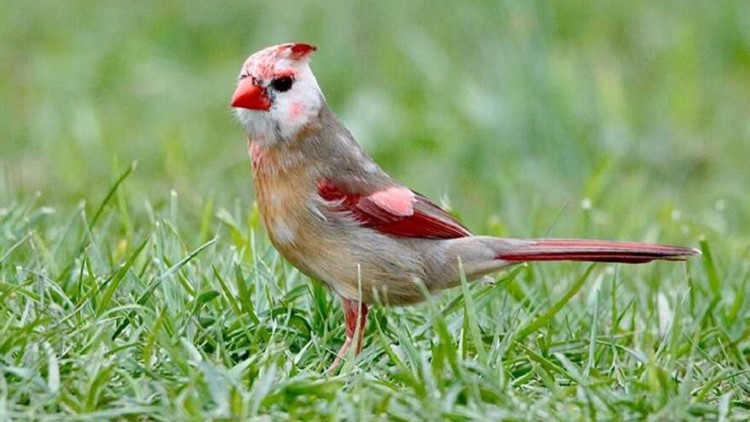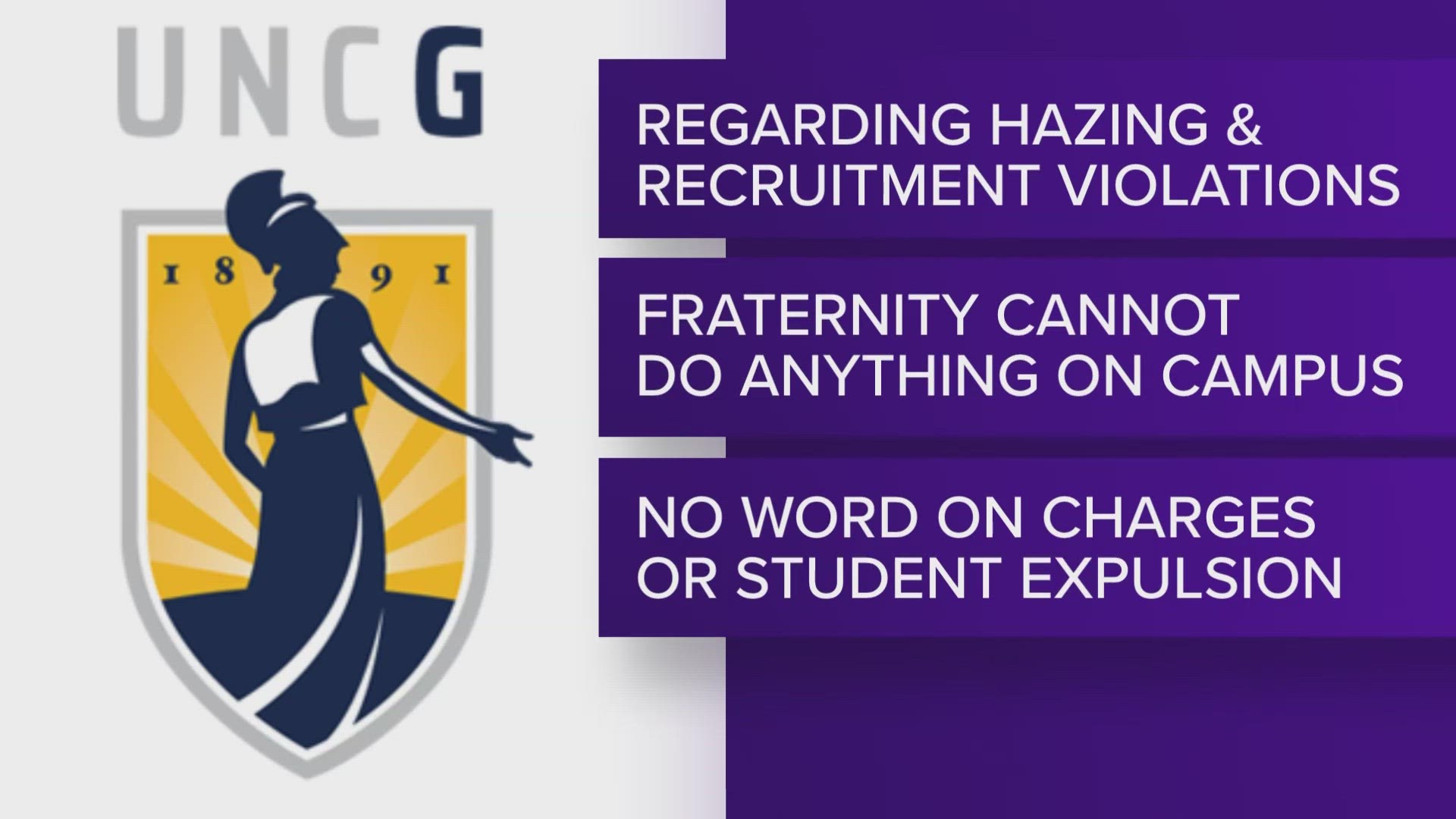LOUISVILLE, Ky. — When you picture a cardinal in your head, you probably think of a bird with brilliant red feathers and a black face around its bill.
Surprisingly though, in rare cases, these birds can have white feathers instead of their usual bright red.
That's what Louisville birdwatchers, Linda Metro and Lee Payne discovered during this month's snowstorms. Both captured photos of cardinals with discolored feathers and shared them with WHAS11 via our Near Me section on the app.
James McKinney, curator of birds at the Louisville Zoo, said the discoloration is a genetic condition known as leucism.
"In a leucistic bird, pigment is not reaching some feathers when the feathers are growing in," he said. "It usually looks kind of patchy, and could be anywhere on the bird."
More facts about leucism in birds:
1. The birds are not albino.
BirdNote, a partner of the National Audubon Society, said that albino birds are distinctly different than leucistic birds.
Whereas leucistic birds can range from partially discolored to fully white, albinos are entirely white with pink eyes and skin.
"You are much more likely to see a leucistic bird than an albinistic one," Bob Sundstrom writes.
2. It affects a variety of birds in a range of ways.
The condition is inherited, so it can affect any type of bird if the parents of the offspring have the genes. Sometimes, if the trait is recessive, it can even skip a generation.
Leucism can affect a bird in a variety of ways: some birds may only have patches of discoloration, some may be partially discolored, and others may be fully white.
3. It doesn't affect the bird's general health.
McKinney said that although the condition is pretty rare, it otherwise doesn't affect the bird's health.
Unless that is the bird depends on its coloration as camouflage. The discoloration can make it easier for predators to spot the birds in the wild.
4. Flight may be impacted though.
Researchers say evidence suggests that a lack of pigment in a bird's wings may impact its ability to fly.
The leucistic bird's flight feathers may wear down easier than a non-leucistic bird's.
Birds with leucism may need to use more energy to regulate body temperature during activities that involve flight.
5. Leucistic birds could miss out on love.
For birds that rely on using their distinct feathers to find a mate, leucism can make it difficult for birds with the condition to find life-long love.
Researchers say that it's likely a bird not having the right feathering could make them unrecognizable by potential partners.
Make it easy to keep up-to-date with more stories like this. Download the WHAS11 News app now. For Apple or Android users.
Have a news tip? Email assign@whas11.com, visit our Facebook page or Twitter feed.



